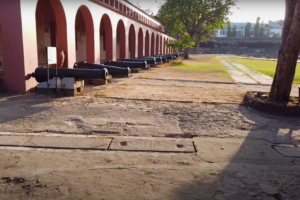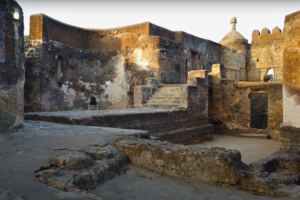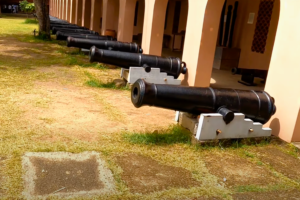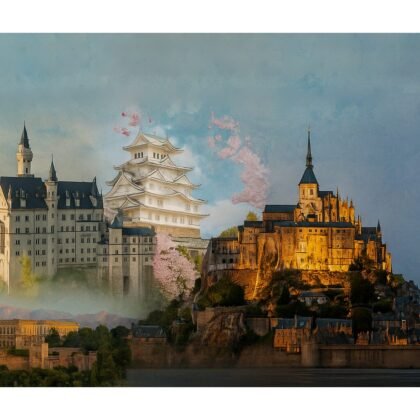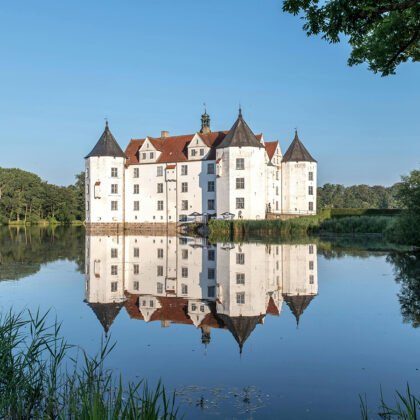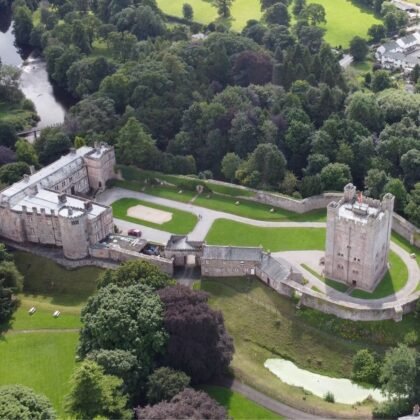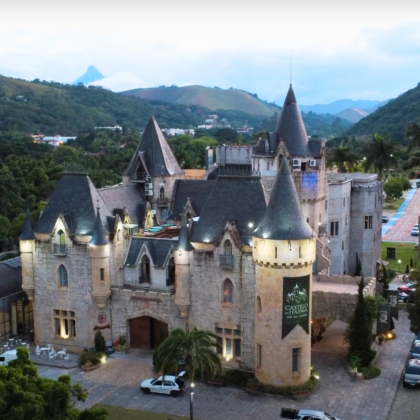Fort Jesus rises right above the old harbor in Mombasa, its thick walls and bastions a reminder of centuries of struggle and trade. Step inside, and you’ll find crumbling arches, cool stone corridors, and cannons still pointed out to sea. It’s a place where Portuguese explorers, Omani sultans, and British soldiers all left their marks. Even on the hottest days, there’s a breeze off the water and a sense of history everywhere you look.
Quick Facts
📍 Location: Mombasa Island, Mombasa, Kenya
🏗️ Construction Period: 1593 – 1596
🏰 Architectural Style: Renaissance military architecture with Swahili and Islamic influences
🎭 Famous For: Epic battles, cultural exchange, ghost stories, sea views
👑 Notable Figures: Portuguese garrisons, Omani rulers, British administrators
🏆 UNESCO Status: Yes (Fort Jesus, Mombasa was designated in 2011)
🌐 Official Website: https://museums.or.ke/fort-jesus-mombasa/
Map
Historical Context
If you stand long enough in the shade at Fort Jesus, you’ll catch the details most history books leave out. Old-timers in Mombasa might tell you about the days when kids played hide-and-seek behind the cannons, or how fishermen watched the sun rise from the outer walls before the city was awake. The fort’s battered stone carries more than the marks of battle—it carries laughter, fear, the scrape of shoes on wet floors during rainy seasons, and the clang of gates echoing at dusk. Some families remember ancestors who worked or served inside, while others just recall stories about lost treasures or daring escapes. Even the graffiti, carved deep in the ramparts, speaks of soldiers and prisoners marking time in their own way. Fort Jesus is less a museum and more a lived place—a corner of Mombasa where the past lingers in every shadow and salty breeze.
Gallery
Visiting Information
🗓️ Best Time to Visit: July, August, early September, and January to February
🗺️ Location Perks: Unmatched panoramas of the Indian Ocean and Mombasa harbor from the walls.
⏳ Estimated Visit Duration: Plan to spend 1–2 hours exploring Fort Jesus’s ramparts, museum, and courtyard.
💡 Visiting tips: Hire a local guide for a deeper dive into the fort’s stories and secret spots.

